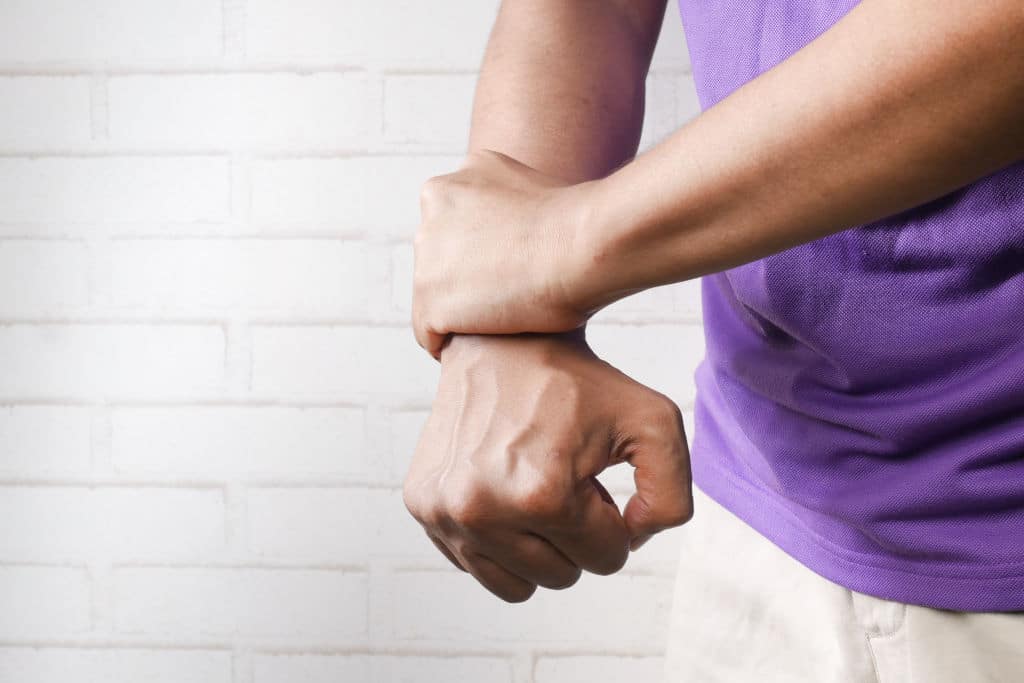In human anatomy, a person’s joints are the points where two bones meet. The joints make a person’s movement smooth and even possible. The human body has about 360 joints. The joints are in places like the knees, the elbows, the fingers, the toes, and the hips, among others. Arthritis is a disorder that affects the joints and causes pain in these areas.
When arthritis is not properly treated, the patients can become bedridden and lose their ability to move or perform other normal human functions. Improper treatment could also lead to loss of life. However, plaintiffs can now get compensation for arthritis gotten from work accidents or strenuous work environments as litigation animation can be used to clarify all findings.
What is Arthritis?
Arthritis is a disorder that affects the joints. It is commonly referred to as an inflammation in the joints. However, this joint inflammation is usually a symptom of an underlying reason for arthritis. It could be due to a traumatic effect on that joint or an infection resulting from injury, which leads to inflammation.
People with arthritis feel pain in their joints. It is also very common for arthritis patients’ joints to swell and for them to experience stiffness in their joints, therefore, making it difficult to move that part. These pains can be mild or severe, depending on the type of arthritis they have.
In some more severe cases, arthritis could affect the eyes, lungs, kidneys, skin, and heart. Moreso, arthritis cases are rare in young people between the ages of 0-18 and very common in people 40 and above. Arthritis is usually particular to older people. According to WHO, osteoarthritis is among the most common diseases in old age.
There are several types of arthritis, which are named based on the cause of the inflammation.

Types of Arthritis and the Effect on the Patient
The most common type of arthritis is osteoarthritis, which is most obvious in older people. Formerly, medical experts believed that osteoarthritis was caused by wear and tear in the cartilage of the joints. However, more recent medical studies have shown that the entire joint is affected. The connective tissue of the joint wears out, the bones get weaker, and inflammation sets in on the lining of the joint. It is caused by underlying factors like former injuries to that joint, damage from physically demanding jobs like construction work, and lifestyle habits like poor exercise and excess weight gain.
An example of arthritis being triggered or made worse by a fall is that of William J. Meyers VS Walmart Stores. William, the claimant, says that he tripped on a cardboard in the store and he broke his hip. This fall led him to undergo hip surgery, further aggravating his arthritis.
A similar case is seen in that of Stark v. Townsend Tree Service Company after he suffered from a bad fall while doing his job of cutting trees. The injury got infected and led to greater health complaints, one confirmed by his lawyer as psoriasis arthritis. Rheumatoid arthritis was also in question, but because there was no means to confirm if the fall was the actual cause of the swelling, pain, and stiffness in his hands and feet joints, he was not offered compensation.
A medical science publication discussed that about 1.5million people in the US have rheumatoid arthritis, and women are three times more likely to have the disorder. Rheumatoid arthritis is a highly common type of arthritis, second to osteoarthritis. It is one of the types of arthritis caused by autoimmune disease. Autoimmune disease means the immune system attacks the body because it cannot differentiate between harmful cells and normal body cells.
The other forms of autoimmune inflammatory arthritis are psoriatic arthritis (PsA), axial spondyloarthritis (axSpA), gout, and juvenile arthritis. Gout and juvenile arthritis are harder to diagnose than the other forms.
How does legal animation help?
The visual aid of legal animation will come in handy for cases such as William J. Meyers v. Walmart Stores and the second case highlighted. The defendant would claim that a fall that leads to hip surgery can’t be proven to heighten arthritis. This case would be the attorney’s chance to prove the claim to the jury through an expert witness showing how arthritis is related to joint injuries.
Post-traumatic arthritis caused by accidents and falls that cause infection on a joint is recompensable once the attorney can prove it. With the help of an expert witness, you can provide objective medical proof by illustrating the effect of injuries on joints with trial animation.
Claimants making claims based on poor working conditions and stress on their joints can also be reimbursed. Trial exhibits showing wear and tear caused by strain on the joints can be illustrated to the jury for better understanding.
Trial exhibits will also give the jury insights on arthritis worsening and restricting the claimant’s movement and participation in life activities, hence, illustrating seemingly difficult-to-prove cases of arthritis.
In conclusion, using trial graphics such as an animation to illustrate the facts surrounding a case of arthritis is a step in the right direction. However, it’s essential that such an animation is made by a legal animation company that works hand-in-hand with medical experts on the case to the end that they reproduce admissible graphics illustrating the truth.






